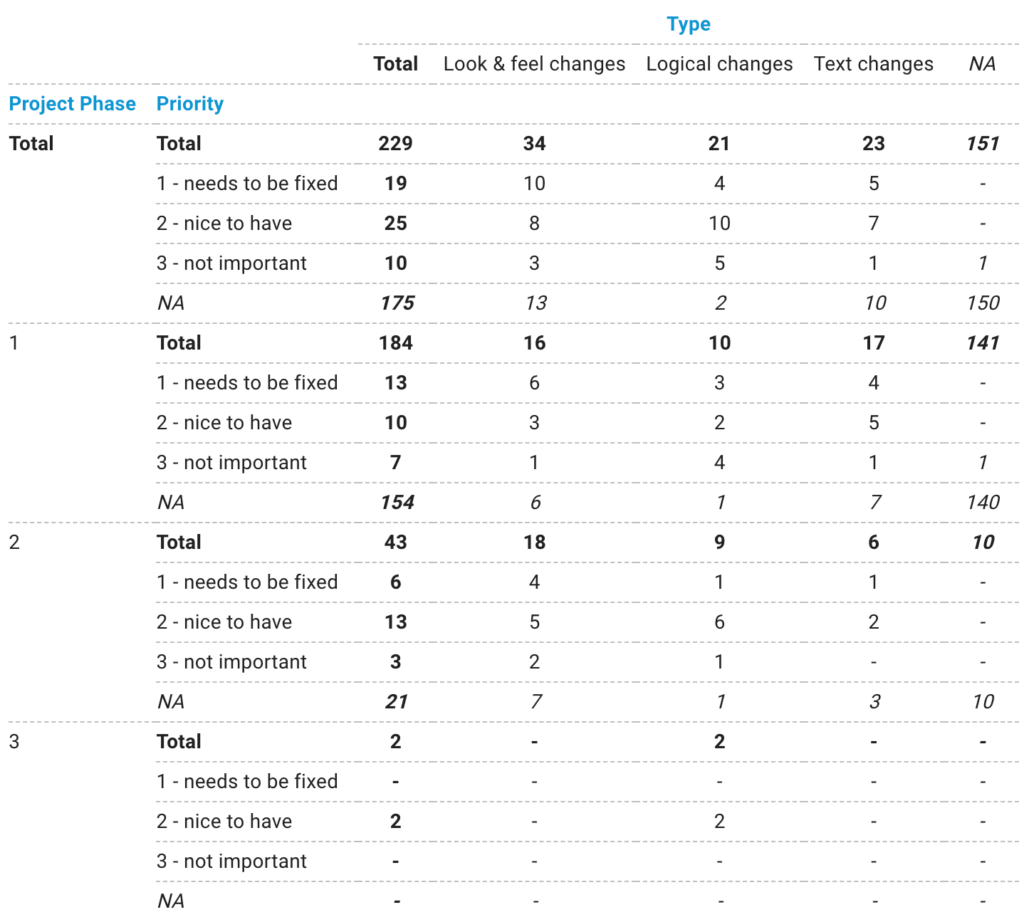Testing a survey is not merely about ironing out glitches and ensuring a smooth customer experience; it’s also a goldmine of insights for optimizing your operations. In the dynamic market research landscape, where quality and efficiency are paramount, leveraging additional information during testing can be a game-changer. Let’s delve into how you can supercharge your survey testing process and elevate your team’s performance.
The Essentials of Survey Testing
Before we explore the added dimensions of survey testing, let’s revisit its core objectives. Testing a survey project is primarily about identifying and resolving issues. From broken layouts to translation errors, every glitch uncovered is an opportunity to enhance the survey’s effectiveness. Traditionally, testing teams focus on documenting found issues, pinpointing their locations, and sometimes adding visual aids like screenshots for clarity.
Going Beyond: Collecting Additional Information with classification fields
While documenting issues is crucial, it’s only scratching the surface of what testing can offer. To truly understand your survey operations, consider incorporating the following additional classification fields and data points into your testing process:
- Classification:
Categorize reported issues based on their nature. Is it a layout problem, a translation issue, or perhaps missing text? Understanding the root cause facilitates targeted solutions. - Type:
Not all issues are created equal. Distinguish between bugs, client change requests, and clarifications. This nuanced categorization streamlines prioritization and resolution efforts. - Priority:
Assess the urgency of each problem. Some issues may be minor, while others could significantly impact data quality or user experience. Prioritizing fixes ensures resources are allocated effectively. - Team:
Identify the stakeholders reporting issues. While testers typically uncover the majority, input from project management, researchers, or scriptwriters can provide valuable perspectives. - Project Phase:
Recognize the evolution of survey projects through different phases. Whether it’s the initial testing phase or subsequent script updates, tracking project progress highlights areas for process refinement. - Used Device:
Analyze issues concerning the device used. Mobile devices, in particular, may reveal display-related errors that warrant attention from scriptwriters.
Harnessing Insights for Optimization
Collecting this wealth of information isn’t just about documentation; it’s about unlocking actionable insights. Statistical software like SPSS or Excel can help visualize dependencies between different data points. Analyzing trends across projects gives you invaluable insights into operational strengths and weaknesses.
The Role of SurveyTester
SurveyTester emerges as a crucial ally in this quest for optimization. By providing a structured framework for collecting and analyzing additional information, SurveyTester transforms raw data into actionable intelligence. Whether evaluating individual projects, assessing team performance, or optimizing overall survey operations, SurveyTester is a beacon of efficiency.

Conclusion
In the competitive realm of market research, efficiency is key to success. By leveraging additional information during survey testing, you enhance the quality of individual projects and unlock opportunities for organizational optimization. Embrace a data-driven approach, harness the power of SurveyTester, and propel your survey operations to new heights of excellence.
